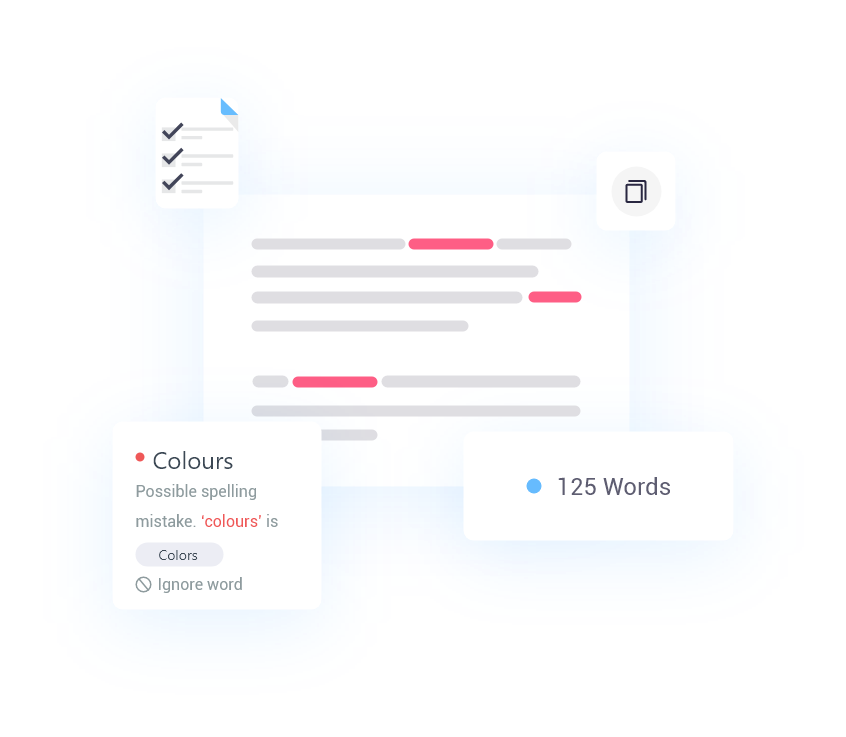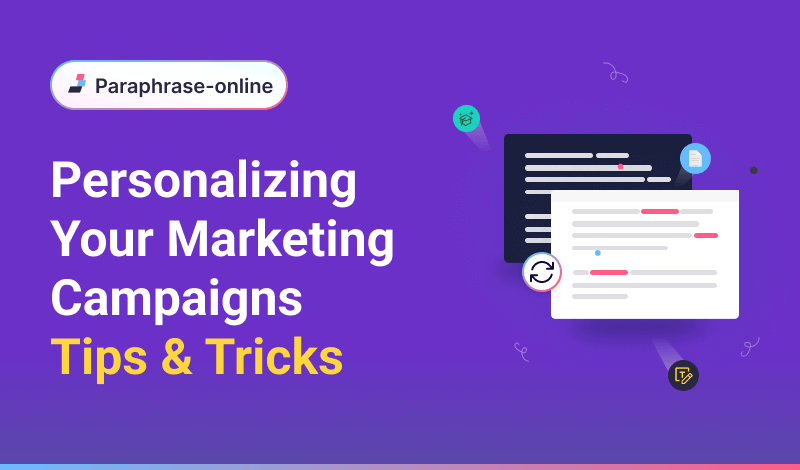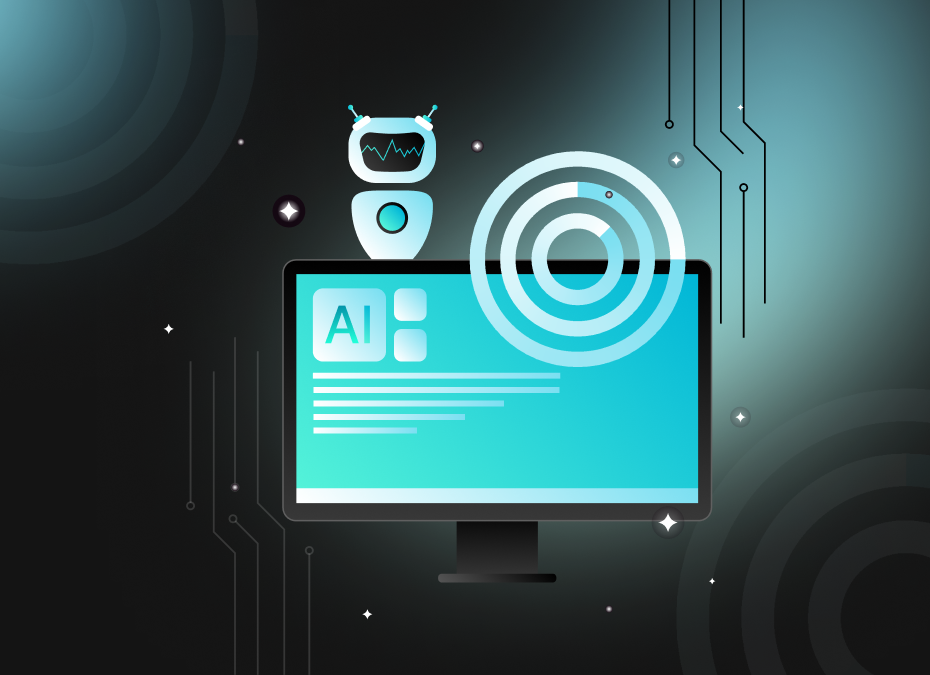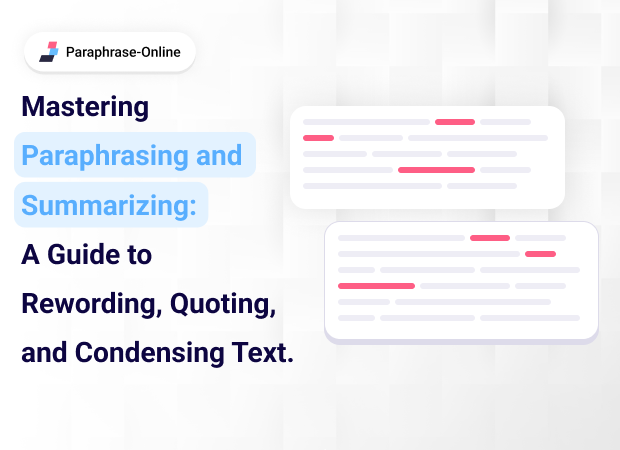Customers expect personalization in modern marketing. That extra human touch goes a long way in encouraging loyal customer relationships. Learn how to personalize your marketing for better business results.
Personalized marketing is a targeted marketing strategy that aims to build relationships with an audience on an individual level.
Companies use data to craft content that speaks to different customers in a more ‘human’ way. When feeling connected to a business on a personal level, they’re more likely to become loyal customers.
Personalized Marketing is most often used in email campaigns, social media content, advertisements and retargeting ads, and other cold mailing and calling efforts.
The opposite of personalized marketing is a huge billboard on a highway. This billboard aims to advertise the brand/products/services in a broader way - with the hope that interested customers will reach out.
With personalized marketing, it’s the marketers that are reaching out to the customers. They speak directly to the audience's needs and wants, which fosters a strong relationship between consumers and businesses.
Learn how to personalize your marketing with these simple tips and tricks.
Gathering Data Is Essential For Personalized Marketing
To personalize marketing material effectively, companies need to get high-quality, accurate data. This data is gathered from potential or current customers with tracking technology like cookies and other web beacons.
Companies get specific insight into web behavior on their site, as well as the purchasing journey (all actions the customer takes from searching for the product/service to making the final purchase).
There are also other, more obvious ways to gather data, like customer feedback and sign-up forms.
What is revealed in this data is the basis for tailoring marketing campaigns and materials to each user. The data that is usually gathered includes
- Buying behavior (the journey a customer takes to make the final purchase)
- Intent signaling (through clicks and time spent on different web pages)
- Shopping history (on the companies website, or other businesses)
- Preferred channels and platforms that customers interact with.
Analyzing the data is quite simple, as there are many intelligent tools to effectively gather and analyze consumer data to translate it into meaningful insights.
Marketing teams then use these insights to refine their marketing strategies, create ad and web copy, and use different audience segments in campaigns.
Benefits of Personalized Marketing
Companies that use personalization grow faster and gain 40% more revenue as a result of their marketing. That is to say - it works.
Here are just some of the benefits marketers enjoy when using personalization:
Increased customer engagement
As content is more meaningful to the customer, they feel a stronger connection to the company and are therefore more likely to engage. Higher engagement rates often correlate to higher conversions. This could be a person commenting on a social media post, responding to an email marketing campaign, or sharing an article on LinkedIn, for example.
A shorter sales cycle
This means that companies can build more meaningful relationships with their potential customers quickly. With a shorter sales cycle, the customer lifetime value increases as less money is spent trying to acquire customers.
Conversion rates are boosted
Consumers feel as if they are being taken care of and spoken to on an individual level. Higher sales mean increased revenue. With increased revenue, companies can focus on growing their business operations.
Increased ROI
As content is used more intelligently, there are lower bounce rates on websites and higher click-through-rates on web pages and in emails. Again, this leads back to a shorter (and cheaper) sales cycle.
Ultimately, all of these benefits allow a company a competitive edge over the competition. When a person feels understood by a company, it seems like their products and services were made just for them. This results in that person being more likely to buy from that company.
Best Tips for Personalized Marketing
Gather The Right Data
As expressed above, personalization can only happen when the right data and insights are gathered. As much as you can, learn from your potential and existing customers.
Social media engagement, email information, interactions, and website analytics should all be considered. The better data you have, the more you can tailor your marketing messages and campaigns. Different data types will reveal different insights.
Data Type | Description | How It Is Collected |
First-Party Data | High-quality and most relevant data you can obtain. It’s data collected from within your company’s community (direct interactions with your audience). | Lead forms, website tracking for behaviors, social media insights, customer surveys, purchase history, and email communication. |
Second-Party Data | Extracted and shared by another organization/company. It’s still accurate and good quality. Combined with first-party data, it can expand on the insights. | Could be shared from another company in your industry/niche. It’s privately acquired and often comes with a mutually beneficial relationship. |
Third-Party Data | Data is aggregated from multiple sources. It is extracted, cleaned, and often sold to marketing teams. | Collected by outside entities, often known as data aggregators. They collect and compile it from another dataset, then sell it to a specific audience. This data is often not publicly available. |
Companies should attempt to obtain first-party data as their priority. Where possible, if they can also get data from other organizations and companies in the industry, it’s beneficial. The best mode of action is congregating the data together (first part and second/third party) to get a more accurate view of audience behavior.
Use Segmentation To Target Properly
Your data insights should then be segmented into different audience groups. These groups will be segmented by demographics like age, income, location, gender, intent, or past purchases, for example.
This allows for targeting different groups and personalizing the messages according to those characteristics. A simple example of this is segmenting emails into male and female and then sharing sales copy in email marketing purely for those customers. I.e., sending out an email about sales of women’s shoes to the female segment of the audience only.
Make Interactions More “Human”
There are many ways to make the interactions you have with potential customers more ‘human’. Try the following:
- Use the customers’ names, wherever possible.
- Add photos of the customer service representative that is emailing them or chatting with them. In the email signature, don’t just include a name but also the photo of the customer care representative.
- Add emotional language to communications, whether that is the marketing copy or in email interactions.
- If you’re using social media as a business owner, include behind-the-scenes footage of the office, warehouses, or packaging. Include videos/photos of the team and other little extra touches of human connection.
- User-generated content also helps people to feel a human connection. Even if it is not directly from your business, they are still hearing about your business from another human. One simple way to do this is reposting a screenshot of a testimonial on your social media or in emails. (Tip: Screenshots of the original testimonial often look more personal than typing out the testimonial before you share it).
- Go above and beyond and deliver hand-written notes and thank you cards to current and past clients/customers. In modern times, the art of handwritten letters is almost completely lost, so this will be an unexpected delight for customers.
Leverage Automation Technology
There is so much automation technology for marketers out there to make personalization a breeze. You can start with basic features, before moving on to premium services if you want to level up the service.
Automation technology helps with collecting data, organizing it, segmenting audiences, split-testing and analyzing campaign performance, and working out metrics like open and conversation rates.
Some of the best automation software for marketing are included below.
Email marketing platforms:
- Mailchimp
- Constant Contact
- ActiveCampaign
- Campaign Monitor
Customer relationship management systems:
- Salesforce
- Pipedrive
- Hubspot
Personalization engines:
- Acquia
- Monetate
- Optimizely
Chatbots:
- ManyChat
- MobileMonkey
- Tars
Additionally, when utilizing various platforms and tools for data collection, it's important to consider the use of a VPN, especially the fastest VPN services. By using a VPN to change your location while conducting customer research, you can expand the data you receive, ensuring that it's not limited solely by your physical location.
Detail Customer Personas
When a company understands buyer personas, it can segment its audiences more effectively. As we shared above, segmenting means categorizing your audience according to different characteristics.
Detailing the customer's persona goes deeper than just splitting people into categories. Once you have these categories set, you can then go into each audience segment and create a ‘narrative.’ Detail their interests, needs, pain points, other brands/businesses they might like, etc.
This helps you build out clear marketing messages, design, and tone when crafting content for each segment. You’re not just speaking to women who want shoes, for example, you’re speaking to women who want affordable shoes for winter that are durable. That extra information adds so much more value to the marketing messages that these women later read.
Personalize The Whole Experience
Tailor the customer experience in a holistic way. Rather than just using a first name in email marketing only, focus on personalizing the entire journey. This includes the customer first interacting with your brand to later making their final purchase.
If you have the technology and expertise on your team, explore how you can personalize your website based on different customer personas. That means, through gathering data from users, you can use past behavior to determine what content they see.
Some customers might see different offers and sales messages on the website crafted more specifically for them. Depending on where they come from and what data you have, the website that they see may be different from someone else. An example of this is YouTube curating your feed based on the location of where you’re tuning in from. This is personalization in action.
Wrapping Up: Get Personal In Your Marketing
Customers want to feel like they’re talking to people, not just an outside business entity. With so many companies vying for their attention, personalization goes a long way. This helps them feel more connected to your message and, ultimately, your products or services.
Follow the marketing tips outlined in this article to curate a more personal experience for your customers and see the return as more sales roll in.



 Worst
Worst Bad
Bad Good
Good Nice
Nice Amazing
Amazing









 Pricing
Pricing







